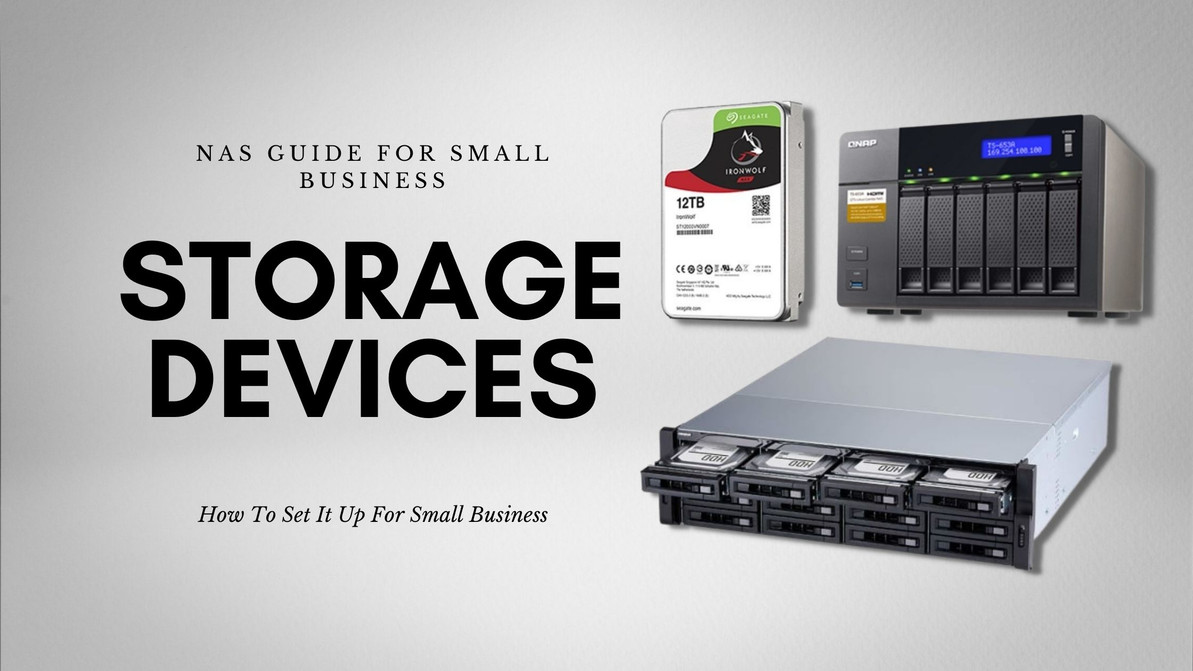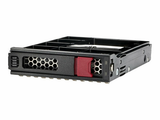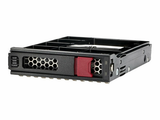Network Setup Guide: Important Points for Setting Up Your Storage Devices for Your Small Business
Network-attached storage(NAS) provides growing businesses with a flexible storage capacity that serves as a central place to organize important files and backups. You can simply add a storage device if you need more space for your company data. This type of network setup allows members of the company to share files and collaborate with ease.
Points to Remember When Setting Up Your Storage Devices for NAS
You need to choose a good location to set up your NAS and its storage devices. This step is vital for ensuring the long-term condition of your system as it provides its users' service for years to come.
Here are some things to consider when choosing the location for setting up your network-attached storage:
The location should be temperature controlled.
Your storage devices and other NAS component need to be in a location with good airflow or with temperature control to protect your setup from high temperatures. A cooler, temperature-controlled room will help prolong the life of your NAS components along with other IT equipment.
The location should be clean or dust-free.
Virus and malware may be dangerous for your software and systems, but dust can be just as bad around the physical setup of your network. If there is dust gathering around the fans of your NAS, it's a sign that it's time to clean to prevent dirt from getting into the device's internal systems.
Dust is one of the leading causes of failure for system cooling fans and power supply fans. Setting your NAS up in a place you have not cleaned up yet is setting up your storage devices to eventually fail.
The location needs to have a flat, stable surface.
Hard drives need their quiet time, so you need to set up your NAS where there is minimal traffic. Even something as light as vibrations from footsteps tends to be rough on the storage devices within the NAS. So place your NAS on a location with a flat, stable surface-- away from traffic.
The location needs to be secured.
This point for consideration should be a no-brainer. Your NAS will contain some of the most important files for your business. Plus, as mentioned previously, NAS storage devices like their quiet time. It makes sense that you set it up in a locked room or a place where visitors won't have easy access to it.
The location must have a reliable, stable power supply.
Your NAS needs a reliable, stable power supply to prevent data loss or corruption of files. Power loss can lead to issues with your stored data, but power surges can also do as much damage. So you may want to invest in an uninterruptible power supply (UPS) device and a quality surge protector.
The quality surge protector will keep your storage devices safe from transient voltage or electrical surges, while the UPS device will give you enough time to safely turn off your NAS or find another power source. If you are unsure, ask a professional about the recommended UPS systems for your setup.
Points to Remember When Setting Up Your NAS Software and Backup Management
Once you have a suitable place for your NAS and you have prepared all the hardware and configured its systems, the next thing you need to do is to choose what software you want to run on your NAS. Make sure that there is software that will ensure that your systems and your NAS itself are backed up.
Here are some points to remember:
Prioritize your needs.
There might be a lot of software you want your NAS to run, but you need to prioritize the needs first. Let your NAS focus on the most important services (e.g. file system) so that it can run efficiently and can effectively optimize resources.
Remind users to apply updates.
Once you install your services and software, you need to remind users to apply the latest patches and updates to their system. Keep in mind that networks with outdated systems are easy targets for cybercriminals.
Back up your local systems to your NAS.
NAS is a great way to share files amongst members of the company, but it is also an ideal local storage target to back up all systems in your network. It includes your servers, desktops, and laptops.
This reason is why you should prioritize services and software for backing up your data files. Surely you would invest in high-quality computer units with adequate individual storage devices for your business, but there might still be some unexpected circumstances in which your computer hard drives might experience some issues. It is good to have a backup system in place to make sure that your business operation can run smoothly in case something happens.
Back up your NAS.
Your backup also needs a backup. Once you have backed up your local systems to your NAS, it's time to back up your NAS to off-site cloud storage. Cloud backup will help you restore files in the event of data loss. Even if you set up your storage devices and NAS right, you can never be too sure when you'll need a backup. Redundancy is a must when a lot of important data is at risk.
To Summarize
You need to keep your NAS and its storage devices in a temperature-controlled location with minimal traffic and a dust-free environment. You also need to make sure that the area is secured and not accessible to visitors.
You need to prioritize the software and services you install in your NAS to ensure reliability and maximize performance. Back up your local system to your NAS, and back up your NAS to an off-site location or a cloud storage service to ensure that your company can go on in case of data loss.
Recent Posts
-
Solid Confidence in Every Byte: Powering ProLiant Gen10 and Gen10 Plus Servers with the HPE 960GB LFF Value SAS SSD
HPE 960GB 3.5-inch LFF Digitally Signed Firmware SAS-12Gbps Mixed Use Value SAS Multi Vendor SSD for …Dec 13th 2025 -
Where Reliability Meets Everyday Speed: Empowering ProLiant Gen9 and Gen10 Servers with the HPE 960GB LFF SATA Mixed Use SSD
HPE 960GB 3.5-inch LFF Digitally Signed Firmware SATA-6Gbps Mixed Use SSD for ProLiant Gen9 and Gen1 …Dec 12th 2025 -
The Titanium Heart of Your Datacenter: Unleashing Power with the HPE 960GB LFF Digitally Signed Firmware SAS Enterprise SSD
Powering Enterprise Reliability with the HPE 960GB 3.5-Inch LFF Digitally Signed Firmware TLC SAS-12 …Dec 10th 2025




